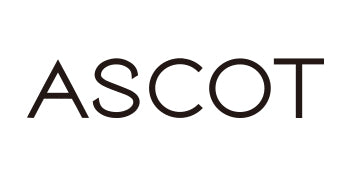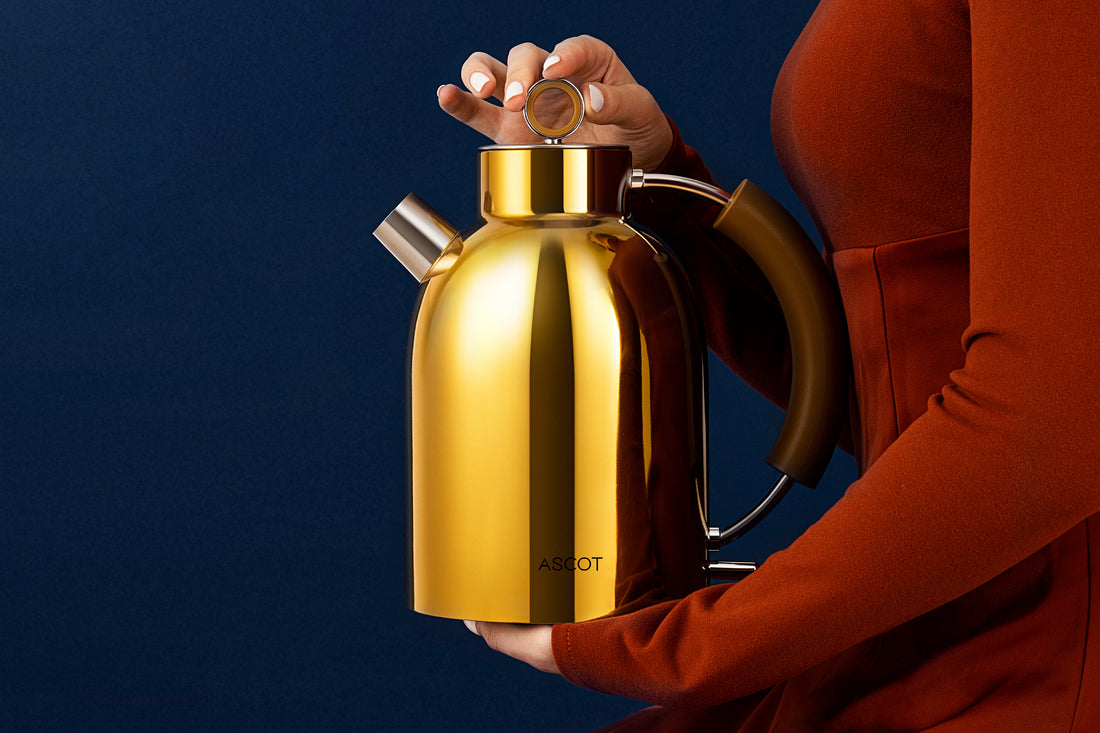I. Introduction
Hot beverages have been an integral part of human civilization for millennia. From the aromatic teas of East Asia to the robust coffees of the Americas, each sip carries with it a story – a blend of history, culture, and tradition. Be it the English afternoon tea or the Japanese tea ceremony, the Ethiopian coffee ritual or the Russian samovar gatherings, each culture has its unique way of celebrating and savoring these beverages. They are more than just drinks; they are moments of bonding, reflection, and relaxation.
Enter the electric kettle. This unassuming kitchen appliance, often taken for granted, has reshaped the way we experience these age-old beverage rituals. But how did the electric kettle rise to its modern-day prominence, and how has it influenced cultural drinking habits across the globe? Let's embark on a journey to discover the transformative role of electric kettles in the world of hot beverages.
The Global Impact of Electric Kettles on Tea & Coffee RitualsII. History of the Electric Kettle
Origins and Initial Designs
The electric kettle, as we know it today, has a fascinating lineage that traces back to the early 20th century. While humans have been heating water for centuries using various means, the concept of electrically heating water emerged with the rise of electricity in homes. The earliest incarnations were simple metal containers with a heating element, primarily in the form of a resistance wire, at the bottom. As an innovation, it promised to make boiling water quicker and more convenient than the traditional stovetop methods.
Technological Advancements Over Time
Over the decades, electric kettles have seen significant technological advancements. The initial designs were succeeded by immersion rod heaters in the mid-20th century. Later on, with the advent of thermoplastics in the 1970s, kettles saw a revolution in design, making them lighter, more stylish, and safer. Features like automatic shut-off, boil-dry protection, and variable temperature settings have made modern electric kettles not just a utility, but also a marvel of engineering and design.
Key Moments Leading to Popularity
The widespread adoption of electric kettles can be attributed to several key moments in their history. One of the most significant was the introduction of the automatic cut-off feature in the late 1950s, which made the device considerably safer. As homes in Europe and parts of Asia increasingly had access to higher voltage power, the electric kettle's efficiency also improved dramatically, making it a preferred choice over traditional methods. By the turn of the 21st century, with growing emphasis on energy efficiency and convenience in household appliances, the electric kettle had cemented its place in kitchens worldwide.
The Global Impact of Electric Kettles on Tea & Coffee RitualsIII. Electric Kettles and Global Tea Culture
The Relationship Between Tea Ceremonies and Kettles
Tea ceremonies, steeped in rich traditions and cultural nuances, are rituals that have graced civilizations for centuries. Whether it's the Chanoyu in Japan, Gongfu tea ceremony in China, or the classic British afternoon tea, the essence of these ceremonies is the meticulous preparation and enjoyment of tea. Central to these rituals is the kettle – the vessel that brings the water to life, transforming tea leaves into a soulful elixir. The kettle, whether traditional or electric, stands as a symbol of hospitality, unity, and the art of brewing.
Evolution of Tea Drinking with the Advent of Electric Kettles
So, how did the electric kettle change the world of tea? For starters, it democratized the art of brewing. No longer did one need to master the precise techniques of heat control over open flames. The electric kettle brought consistency, speed, and ease to the boiling process. With precise temperature settings, tea enthusiasts could now extract the perfect flavor from various tea types, from delicate white teas to robust black teas. The convenience of the electric kettle expanded the audience for tea, making the ritual accessible to many, irrespective of their brewing expertise.
Modern-Day Rituals Influenced by Electric Kettle Innovations
As electric kettles evolved, so did the tea rituals around the world. The kettle's modern features – from keeping the water warm for extended periods to rapid boiling – have influenced the dynamics of social gatherings and solitary moments of reflection. In bustling urban environments, the electric kettle's quick boiling feature has been a boon for office tea breaks. On the other hand, the ability to maintain precise temperatures has enhanced the experience for tea connoisseurs, allowing for multiple infusions and intricate flavor explorations. It's a testament to how technology and tradition have melded seamlessly, shaping our modern-day tea experiences.
The Global Impact of Electric Kettles on Tea & Coffee RitualsIV. The Electric Kettle Phenomenon: Europe vs. America
European Embrace of the Electric Kettle
In Europe, the electric kettle is as ubiquitous as the teapot. Its popularity can be attributed to the continent's long-standing tea traditions, especially in countries like the UK, where tea is an integral part of daily life. With cold winters in many European nations, the need for quick and efficient boiling methods became a household necessity. The electric kettle's rapid boiling capability, combined with its energy efficiency, made it the perfect appliance for European homes. Additionally, the compact design of electric kettles catered to the smaller kitchen sizes often found in European apartments and homes.
Reasons for Limited Popularity in America
So, why do Europeans use electric kettles but Americans don't as widely? The answer lies in a mix of cultural and practical reasons. Coffee, rather than tea, reigns supreme in the United States. The drip coffee maker has traditionally been the preferred appliance for most American households. Furthermore, the voltage difference plays a significant role. European outlets typically deliver 220-240 volts, making electric kettles boil water swiftly. In contrast, the standard US voltage of 110-120 volts means a slower boiling time, reducing the appliance's perceived efficiency for many Americans. Thus, the combination of a coffee-dominated culture and electrical differences has led to the electric kettle being less predominant in American kitchens.
Exploration into Electrical Differences and Cultural Habits
The disparity in electric kettle usage between Europe and America is a compelling study in how technological infrastructure influences consumer choices. European homes, equipped with higher voltage, naturally gravitated towards appliances that maximized this advantage. In America, with its lower voltage, microwaves and stove-top kettles, which could heat water and food relatively quickly, became more popular. Beyond the technicalities, the cultural beverage preferences further entrenched these trends. While Europe saw tea as a communal and individual ritual, America's fast-paced lifestyle leaned more towards the quick fix of coffee. This divergence in electrical and cultural landscapes paints a vivid picture of how regional nuances shape global appliance trends.
The Global Impact of Electric Kettles on Tea & Coffee RitualsV. Benefits of Electric Tea Kettles
Energy Efficiency and Faster Brewing
One of the most lauded benefits of electric tea kettles is their energy efficiency. Unlike traditional stovetop methods where heat is lost to the surroundings, electric kettles are designed to direct most of the energy to the water, resulting in faster boiling times. This direct heating mechanism not only conserves energy but also translates to reduced electricity bills over time. For households and offices alike, this efficiency means less waiting and more time enjoying the beverage.
Consistent Water Temperature Leading to Better Tea Quality
What are the benefits of electric tea kettles when it comes to the quality of your brew? Precision. Different teas require different water temperatures to unlock their full flavor potential. Green tea, for instance, is best brewed at a lower temperature than black tea. Electric kettles, especially those with variable temperature settings, allow users to heat water to the exact desired temperature. This level of precision ensures that tea leaves are neither under-extracted nor over-extracted, leading to a cuppa that's just right, every single time.
Safety Features and Modern Designs
Safety is paramount, especially when dealing with boiling water. Modern electric kettles come equipped with a plethora of safety features. Automatic shut-off prevents the kettle from boiling dry, while cool-touch exteriors ensure that users won't accidentally burn themselves. Locking lids, non-slip bases, and cordless pouring further enhance the safety profile of these devices. Beyond these functional features, electric kettles have also embraced contemporary aesthetics. Sleek designs, LED indicators, and premium materials make them not just a kitchen utility, but a stylish countertop statement.
The Global Impact of Electric Kettles on Tea & Coffee RitualsVI. Intriguing Facts and Figures about Kettles
Lesser-Known Historical Tidbits
Did you know that the idea of an automatic kettle predates electricity? The "Whistling Kettle", designed with a spout that whistled when the water boiled, was an ingenious 19th-century invention, alerting users when the water was ready. Another fascinating tidbit is that the world's first electric kettle was invented by Compton & Co in 1891 in London, but it lacked the automatic shut-off feature, making it less efficient than its successors.
Interesting Stats on Kettle Usage Globally
What are some interesting facts about kettles in terms of global usage? Here are a few enlightening figures:
- Over 80% of British households own an electric kettle, making the UK one of the highest kettle-owning nations globally.
- China, a vast tea-drinking nation, produces over 70% of the world's electric kettles.
- In Australia, electric kettles are the third most-used household appliance, with 75% of households using one daily.
- A study revealed that in a year, collectively, electric kettles in the UK consume electricity equivalent to that produced by two large power stations!
The Future of Electric Kettle Technology and Trends to Watch
As technology advances, so does the humble electric kettle. Future trends suggest a rise in smart kettles, which can be controlled remotely via smartphones and integrated with smart home systems. Energy efficiency will remain a pivotal focus, with designs geared towards minimal energy wastage. Moreover, sustainable and recyclable materials will likely feature more prominently, aligning with global sustainability goals. As consumers become more health-conscious, kettles with built-in water purification systems may also gain traction. All in all, the future of electric kettle technology promises a blend of convenience, sustainability, and innovation.
The Global Impact of Electric Kettles on Tea & Coffee RitualsVII. Conclusion
The electric kettle, often an overlooked household appliance, has indeed played a pivotal role in shaping global beverage consumption habits. From its historical origins to its modern-day significance, the kettle has transformed the way we approach hot beverages. Its ability to swiftly and efficiently boil water has not only redefined tea and coffee rituals but has also championed convenience in our fast-paced world.
Across continents, cultures have embraced or adapted to electric kettles differently, underscoring the interplay between technology, culture, and infrastructure. The European fondness for electric kettles, contrasted with the American preference for other methods, tells a story of regional nuances and practical realities.
Looking forward, as technological advancements continue to evolve, the electric kettle is poised to further embed itself in our daily lives. Whether through smart integrations, sustainability efforts, or advanced brewing techniques, the kettle's journey is far from over. As we reflect on its transformative influence, one thing remains clear: the electric kettle will continue to be a central figure in our shared global narrative of beverage consumption.

